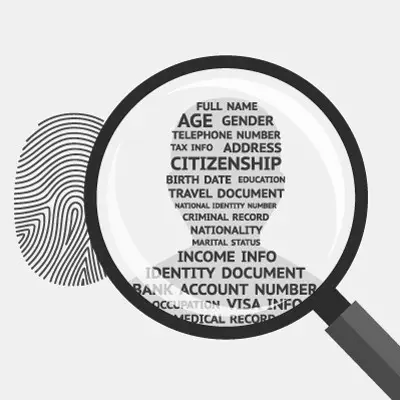First, why is All This Data Collected?
Long story short: market research.
Nowadays, businesses need data to operate successfully, and a business website, social media presence, and even applications can all be used to collect this data. This data includes personal preferences, analytical behavior summaries, and user information. A company would be interested to see what you’ve searched for or visited, and it undeniably helps when a website remembers who you are and things you’ve expressed interest in, like items in a shopping cart or localized content.
However, as we’ve already said, advertisers would like this information. It would help them more effectively target their campaigns, adjusting their messaging and ad placement to optimize the efficacy of their efforts.
When a website you visit tracks you, it is referred to as first-party tracking. When another party is permitted to track you on a website, it is known as third-party tracking, which can chart your movements across the Internet. This is why you may see advertisements for products across the web when you investigate something.
However, the widespread adoption of AI has motivated these platforms to push the liberties they take with this collected data. LinkedIn recently came under fire for using user posts to train its artificial intelligence, and it is just a recent example amongst a growing list.
How to Prevent Various Sites from Utilizing Your Data
There are a few steps that will help eliminate most of the tracking that various websites do.
1. Delete Your Browsing History
Clearing your history—including your cookies—will help eliminate any ads based on your activity.
2. Opt Out of Personalized Ads
If given the option, don’t give a website or application access to more data to personalize advertisements. Instead, select the option to provide only the bare minimum of information.
3. Adjust Privacy Settings
Most browsers feature privacy settings that can help minimize the data that websites, apps, and platforms collect. Across your various devices, make sure these settings are set to be as restrictive as possible, disabling any permissions that aren’t completely necessary.
It’s Important to Keep Tabs on Your Data and Its Security
Clear Sailing IT Solutions is here to help. We offer a collection of cybersecurity tools and training that can reinforce your business technology against threats that seek out the data it holds. Call us at (888) 859-2748 to learn more.





